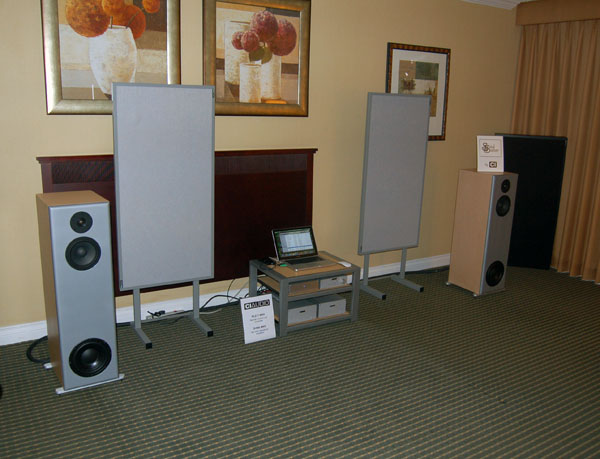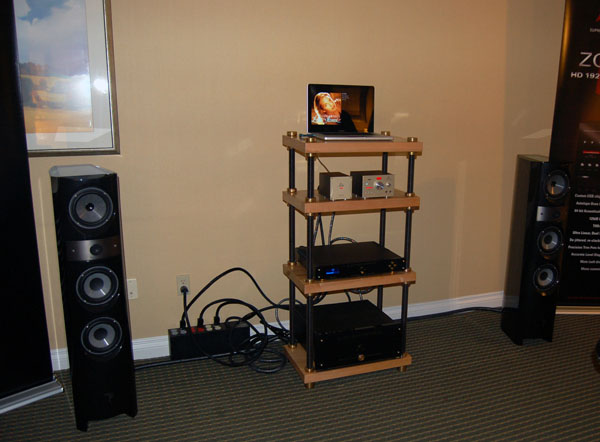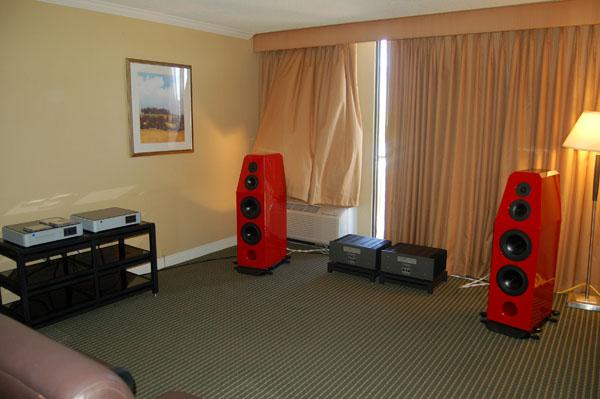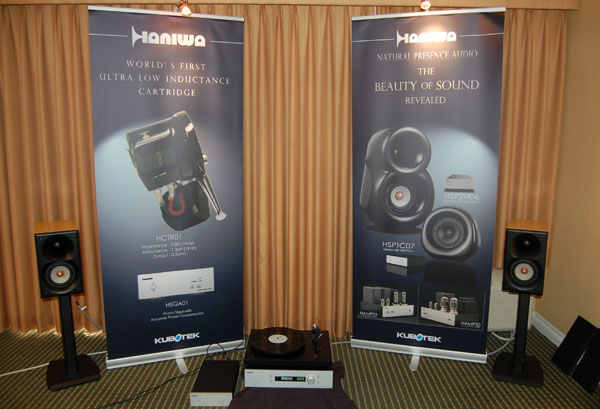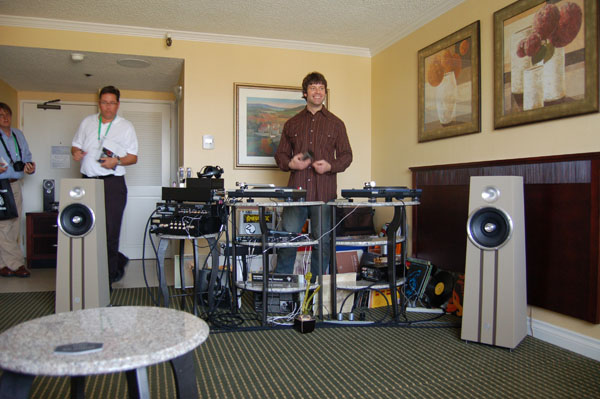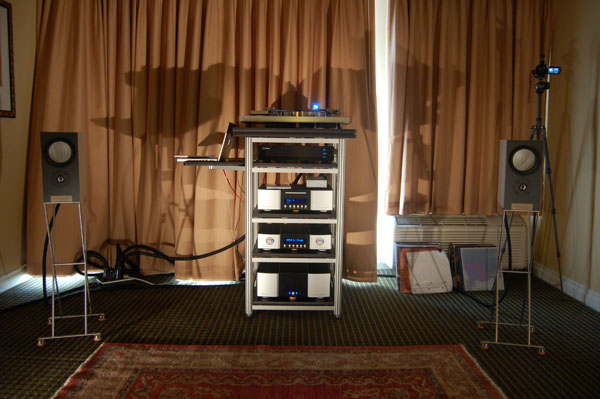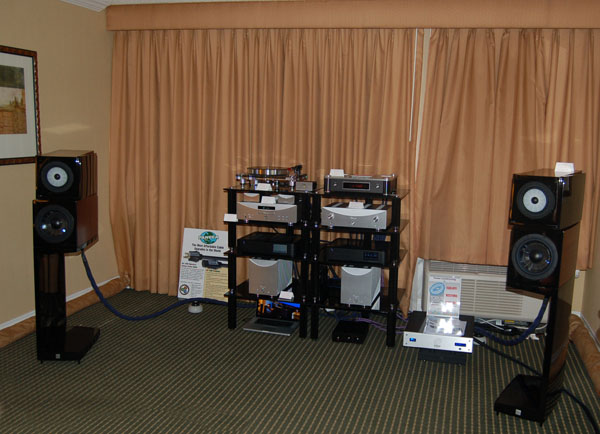LATEST ADDITIONS
Antelope Audio
PBN Audio
While there was no room treatment in sight and the Liberty Innerchoic loudspeakers were not exactly bass shy, there were no room issues that plagued some other exhibitors. My notes on the sound read"groovy."
PBN Audio—Pennywise
Haniwa
Personality is all over hi-fi. And while I’d hope that each designer designs what he considers his or her best, the best just doesn’t exist. And it doesn’t exist because we, the people, like different aspects of musical reproduction. The means are different because the ends are, too. Which helps explain why there’s so much wonderful gear out there and so many people interested in hearing and buying it.
While I didn’t get any official numbers for the first day’s attendance at T.H.E. Show, I can say it was very crowded especially, for a Friday afternoon. (I purposely tried to photograph gear not people so don’t let that fool you.) Based on what I saw Friday, I'd say this show is already a great success.
Zu Audio—Having Fun
One other way to get more people interested in this wonderful hobby of ours is to have fun listening to great music and to show it.
Lindemann
Precision Transducer Engineering
PTE also makes a larger loudspeaker, The Statement ($44,000/pair), which they were going to play later in the day but I didn’t make it back in time. Okay, I admit itI didn't go back because I was afraid.
GamuT
I heard a number of exhibitors complaining about the bass issues caused by these rooms, oddly not so much from the subwoofer guys, so it's worth repeating that old show report caveatwe’re only talking about a very brief listen to unfamiliar components in unfamiliar systems in typically lousy rooms at times involving typically lousy music (albeit well-recorded), so I try to keep personal commentary on sound quality to a minimum.
Dynamic Sound Systems
The hybrid tube/solid-state Vincent SP-T800 200W monoblock amplifiers ($2499.95/pair) were on display along with the Vincent SA-T8 preamp (2349.95), the PS Audio Perfect Wave DAC ($2999.99), a Thorens TD 2030 turntable ($3699) and the very refined “The Kiss” speakers ($15,000/pair w/stands) from Vienna Acoustic’s Klimt Series. The lovely and from what I’ve heard talented Jessi Monroe was also in the Vincent Audio room signing autographs. You may recall Jesse from Stephen Mejias’ Axpona Atlanta coverage.

